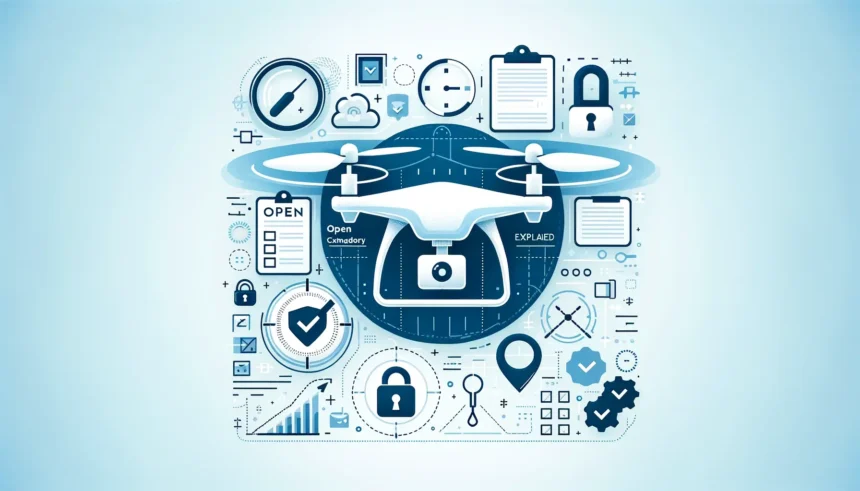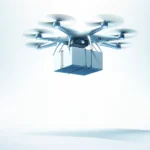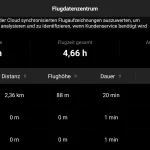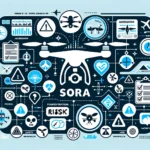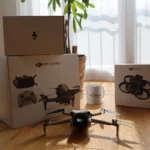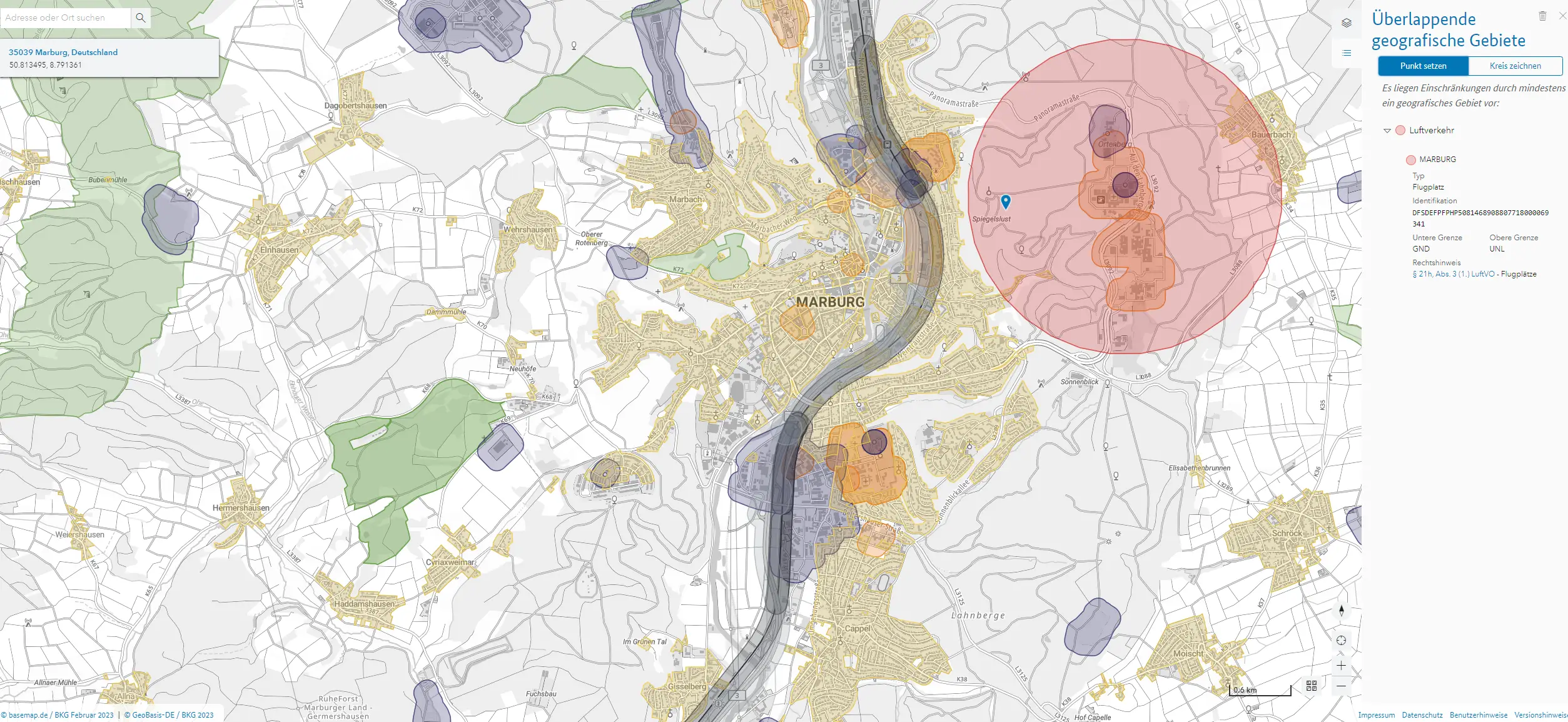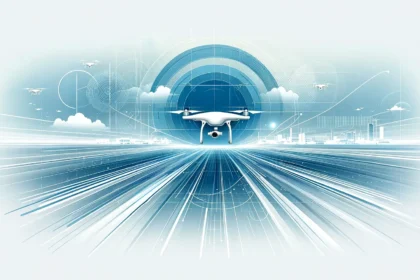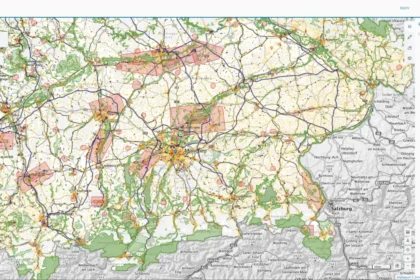The open category for drones offers an easy entry point for flying without a licence under the EU Drone Regulation. However, there are a few important points to bear in mind. In this guide, we reveal all the details you need to know about the open category.
Before you take off with your drone, you should know the rules of the game. This is exactly where the EU Drone Regulation comes in, which sets the framework for national drone laws and regulations. The EU Drone Regulation is a comprehensive set of rules that regulates the operation of drones within the European Union. For a general overview, we recommend reading the linked article.
Within the regulation, the open category plays a key role. It was developed specifically for drone pilots who want to fly in a low-risk environment without having to navigate through complex authorisation procedures.
What is allowed in the open category and what is not?
Drone flights fall under the open category and can be carried out without permission from an authority if they fulfil all of the following requirements:
- The drone weighs less than 25kg.
- The maximum flight altitude is 120m.
- The drone flight takes place at a safe distance from people and not over crowds of people (details below).
- The flight takes place in uninterrupted visual contact with the drone. During FPV flights, another observer must always have the drone in view.
- No dangerous goods are transported.
- No objects are dropped from the drone.
- The minimum age is generally 16 years (Germany), but can be reduced to 12 years by the member states (see local regulations).
- Since 01.01.24: The drone has a classification in accordance with the EU Drone Regulation (for existing drones, see below)
If even one of the above conditions is not met, a drone flight can no longer be carried out within the Open category. In this case, the flight slips into the Specific category and requires an operating licence from the competent authority (in Germany the LBA, in Austria the ACG).
This means that the following types of drone flights do not fall under the Open category and therefore cannot be carried out without authorisation:
- Drone flights beyond visual range.
- Drone flights over 120 metres above ground.
- Drone flights with drones over 25kg.
- Drone flights over crowds of people or uninvolved persons.
- When transporting dangerous goods.
- If objects are to be dropped from the drone.
Subcategories of the Open category
Depending on the drone and the distance to bystanders and residential, commercial, industrial or recreational areas, the open category is divided into 3 subcategories: A1, A2, A3.
| Sub-category | Drone class | MTOM | Requirements for | Qualifications |
| A1 | C0 or privately produced | – Overflight of crowds of people prohibited – Overflight of uninvolved persons permitted | None | |
| C1 | – Overflight of crowds of people prohibited – Overflight of uninvolved persons prohibited | EU proof of competence | ||
| A2 | C2 | – At least 30 m distance from bystanders – At least 5 m distance from bystanders in slow flight mode | EU remote pilot licence | |
| A3 | C2, C3, C4 or privately manufactured | – At least 150 m away from residential, commercial, industrial or recreational areas – It must be possible to rule out any risk to bystanders | EU proof of competence |
Existing drones without CE classification
Since 1 January 2024, operation in the open category has also been subject to the requirement that the drone has a CE marking in accordance with the EU Drone Regulation. Drones that were purchased before 1 January 2024 and have no classification (so-called existing drones) may only be flown as follows since 2024
- in open category A1 if the maximum authorised take-off mass is less than 250 g
- in open category A3 if the maximum authorised take-off mass is less than 25 kg
Further information on this can be found in the message Existing drone regulation from 2024 – You must pay attention to this NOW!
Necessary qualification for the drone pilot
The drone pilot must fulfil certain requirements, depending on the conditions under which the drone is flown and therefore in which sub-category and which classification the drone has.
Obligation to register
Registration as a drone operator is required as soon as the drone has a camera or weighs over 250g. This is not about registering the individual drone, but as a drone operator. You can find all the details about registering as a drone operator in our comprehensive article.
Drone driving licence
As a drone pilot, you may also need to hold one of the two certificates known colloquially as drone pilot licences: the EU certificate of competence or the EU remote pilot certificate. We have already prepared a comprehensive article with all the important details on drone pilot licences.
Last but not least: drone insurance is always mandatory. No matter which category or sub-category you want to fly in. If you don’t yet have drone insurance or are looking for a new one, we provide you with a detailed insurance comparison with lots of helpful tips.


